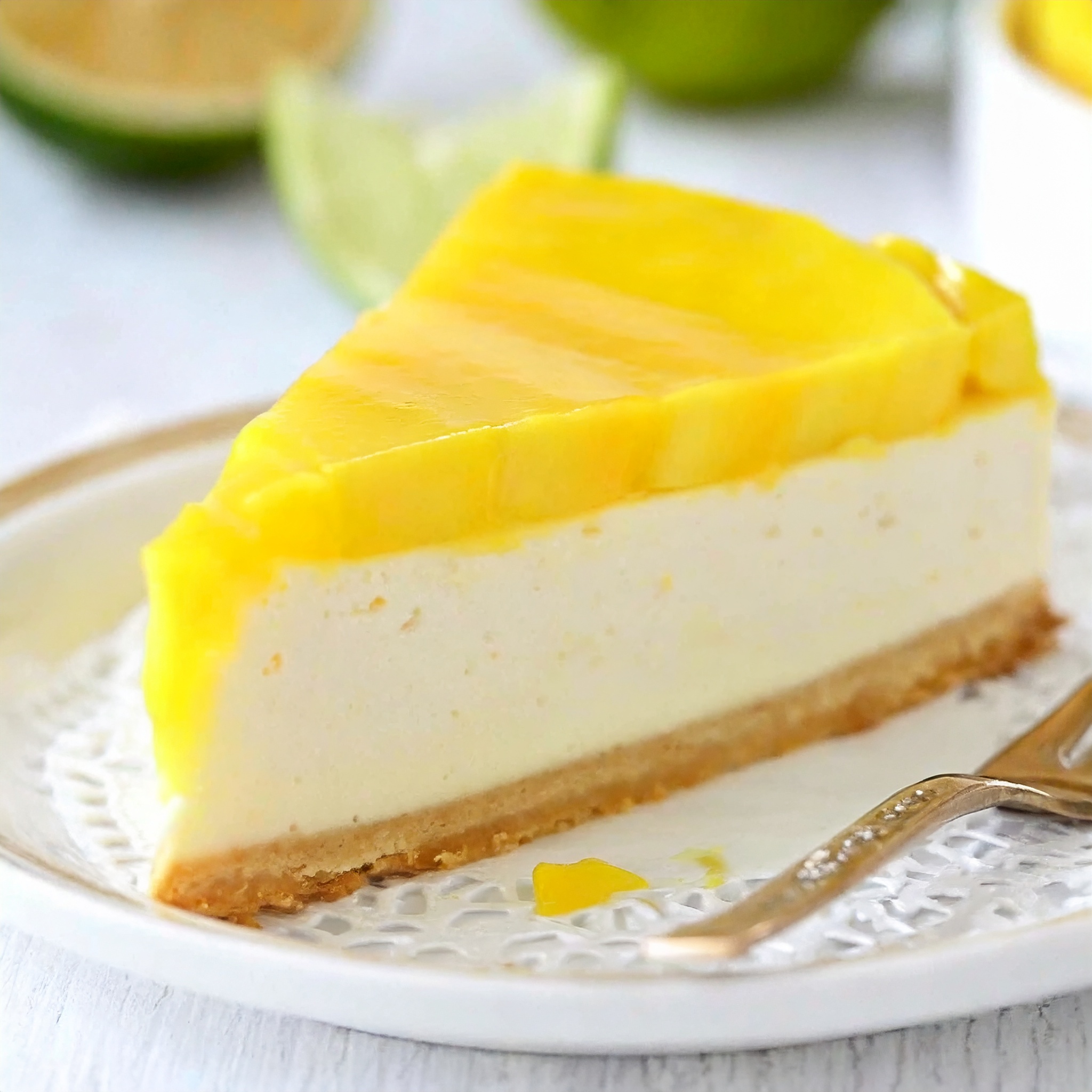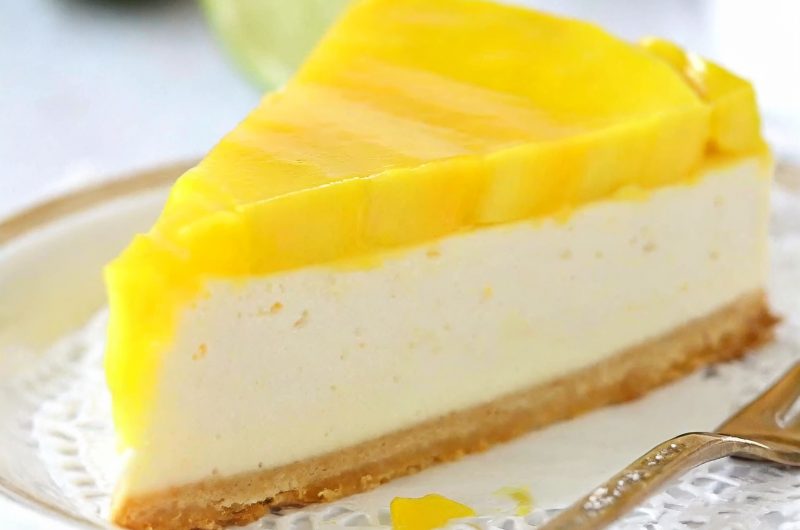Mango Lime Cheesecake is a mouth-watering dessert that combines the zesty flavor of lime with the sweet and creamy taste of mango. It’s a perfect dessert for any occasion, from family get-togethers to fancy dinner parties.
The recipe is not only easy to follow, but it’s also versatile, allowing for substitutions and adjustments based on personal preferences. The dessert is a refreshing twist to the classic cheesecake recipe, employing tropical flavors to create a unique and unforgettable taste.
Tips for Perfecting the Recipe
Quality Ingredients: The foundation of a great cheesecake starts with high-quality ingredients. Use full-fat cream cheese for the best texture and flavor. For the mango puree, opt for canned puree for its consistent flavor and smooth texture. When it comes to the key lime juice, bottled juice can work well, but fresh juice will give a brighter, more vibrant flavor if available.
Room Temperature Ingredients: Ensure all your ingredients, especially the cream cheese and eggs, are at room temperature before you start. This helps to achieve a smooth, lump-free cheesecake batter. Cold ingredients can lead to a batter that doesn’t blend well, resulting in a cheesecake that’s dense or has a cracked surface.
Mixing the Batter: When mixing your cheesecake batter, do so on a low speed to minimize the amount of air incorporated into the batter. Too much air can cause the cheesecake to rise too much during baking and then fall and crack as it cools.
Water Bath: Baking the cheesecake in a water bath (bain-marie) is crucial for gentle cooking, which helps prevent cracks and ensures a smooth, creamy texture. The steam from the water bath creates a moist environment in the oven, which is key to the cheesecake’s texture.
Don’t Overbake: The cheesecake should still jiggle in the center (about the size of a small plate) when it’s done baking. It will continue to cook from residual heat and set as it cools. Overbaking is a common cause of cracks.
Cooling Gradually: Let the cheesecake cool gradually in the oven with the door slightly open after turning off the heat. This slow cooling helps prevent sudden temperature changes that can cause the cheesecake to crack.



